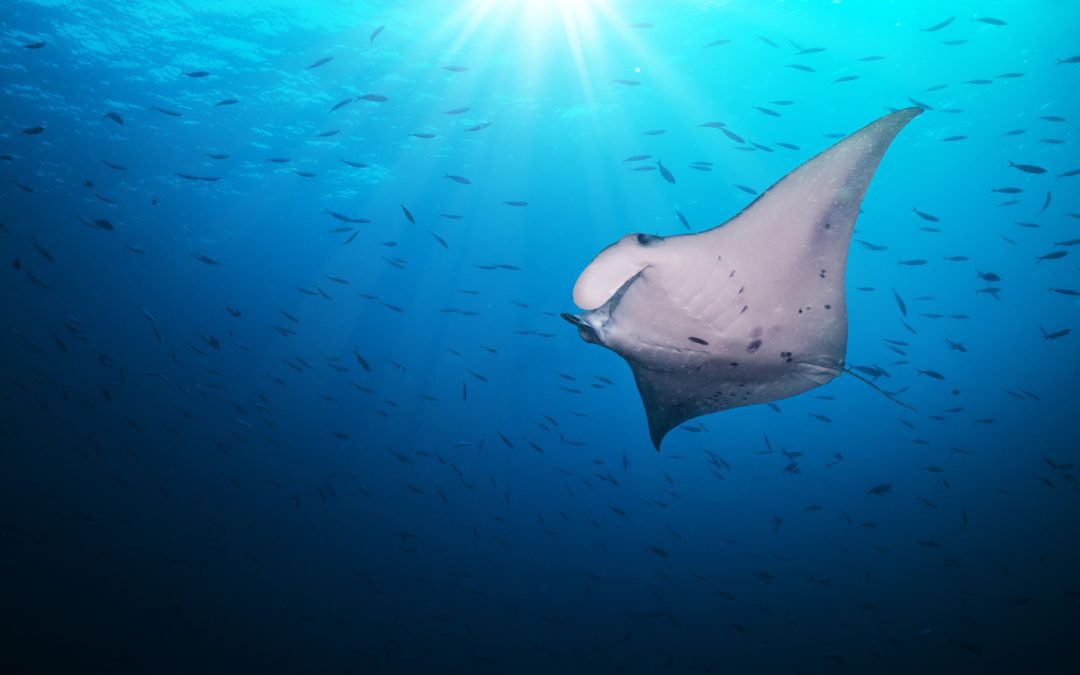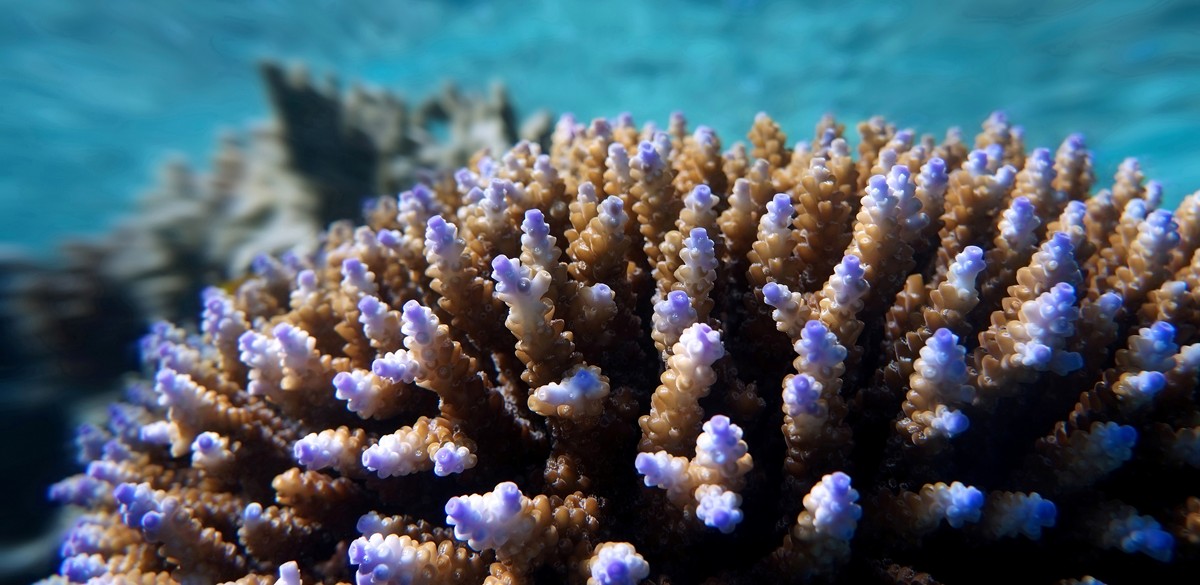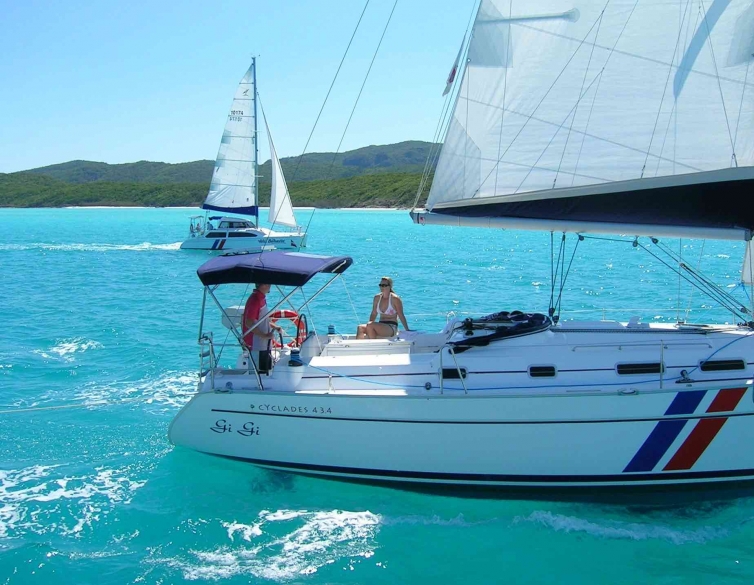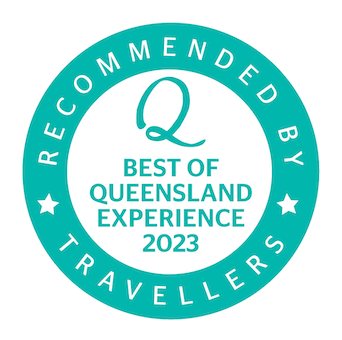Sustainable travel, or ‘ecotourism’, is a growing tourism trend. Many people are beginning to “walk their talk” by making conscious choices in what they consume and how they move in the world.
Sustainable travel is about making simple choices to lessen a negative impact.
A bareboat sailing holiday in the protected Whitsunday Islands lends itself perfectly to sustainable travel principles. After all, using the wind is a carbon-neutral mode of transport. Also, your activities will revolve around the natural world with relatively low impact – think hiking, swimming, reading a book, catching a sunset or lazing on a beach.
Becoming more sustainable is always possible, one action at a time. For sailing holiday inspiration, we’ve compiled a list of ideas to help reduce your environmental impact without compromising on the experience.

Simple Sustainable Travel Actions
Offset your flight & share transport from the airport
The majority of our customers arrive at the Whitsundays via plane.
When searching for your flight, look for the green leaf icon. This indicates that the flight is an eco-friendly choice.
The major airlines will allow customers to offset their carbon emissions by paying extra. The airline calculates the fuel used in your flight and, therefore, emissions released, and your extra fee goes towards projects that stop other emissions from going into the atmosphere.
Try to book a direct flight. Most planes’ carbon emissions come from taking off and landing.
Rather than hiring a taxi from the airport, consider taking the shuttle bus services to Airlie Beach. Check out Heart of the Reef Shuttles and Airlie Beach Transfers.
Alternative Transport to the Whitsundays
With fuel costs at the front of mind for many travellers, most people will consider their mode of transport. More sustainably conscious forms of travel to the Whitsundays include rail and bus.
Queensland Rail runs trains from Cairns and Brisbane.
Greyhound Buses runs buses from major cities around Australia.
Pack light
The most important packing tip for a bareboating holiday is to pack light. Space is limited on a boat (we’ve created a list of suggested packing items).
From a sustainable travel point of view, less weight is a simple way to save on emissions. It reduces the load on your mode of transport to the Whitsundays.
Provision using local ingredients
Supporting local suppliers and farmers eliminates the distance your food travels.
Provisioning companies in the Whitsundays specialise in sourcing local ingredients. The Prickly Pineapple, which provides packages for bareboats, provides organic options. Whitsunday Provisioning is also a fantastic choice. Both companies will deliver to your boat and pack everything away for you.
Every Saturday, the Airlie Beach Market is on. If the timing is right, it’s worth planning to stop past and connect with local food producers and suppliers.
When in the Whitsundays, eat local seafood!
Seafood is abundant in the Whitsundays.
If you are looking for a sustainable, local seafood supplier, stop at Fishi. These guys are local fishmongers and always have the most delicious fresh seafood, including great seafood platters.
Fishi shares, “We started our business in 2013 with a simple aim, to supply our customers with the freshest seafood while respecting the environment. Our office is surrounded by the warm, clear blue waters of the Whitsundays, teeming with a huge variety of fish species unique to North Queensland Waters. We are custodians of the water we fish and support sustainable fishing as the forefront of our business.”
The provisioning companies mentioned above can also provide seafood options.
Of course, many of our guests choose the most sustainable way to eat seafood, catching it themselves. We’ve created some resources on fishing while on a bareboat charter in the Whitsundays.
You can read more about how the local commercial fishing industry is regulated on the Great Barrier Reef Marine Park Authority website.
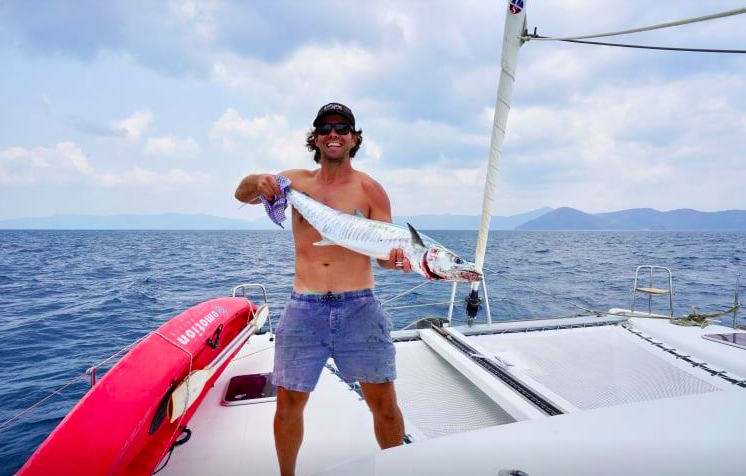
Sail as much as possible
Sailing is a sustainable activity making bareboating an eco-conscious holiday choice.
Not only is sailing a conscious choice, but it will also save you money. All of the boats in our fleet have the option to put the motor on. The cost of fuel is charged to you when you return the boat.
If you would like to learn to sail confidently or brush up on your sailing skills, we suggest looking at local sailing schools in your area or consider adding a sail guide to your booking.
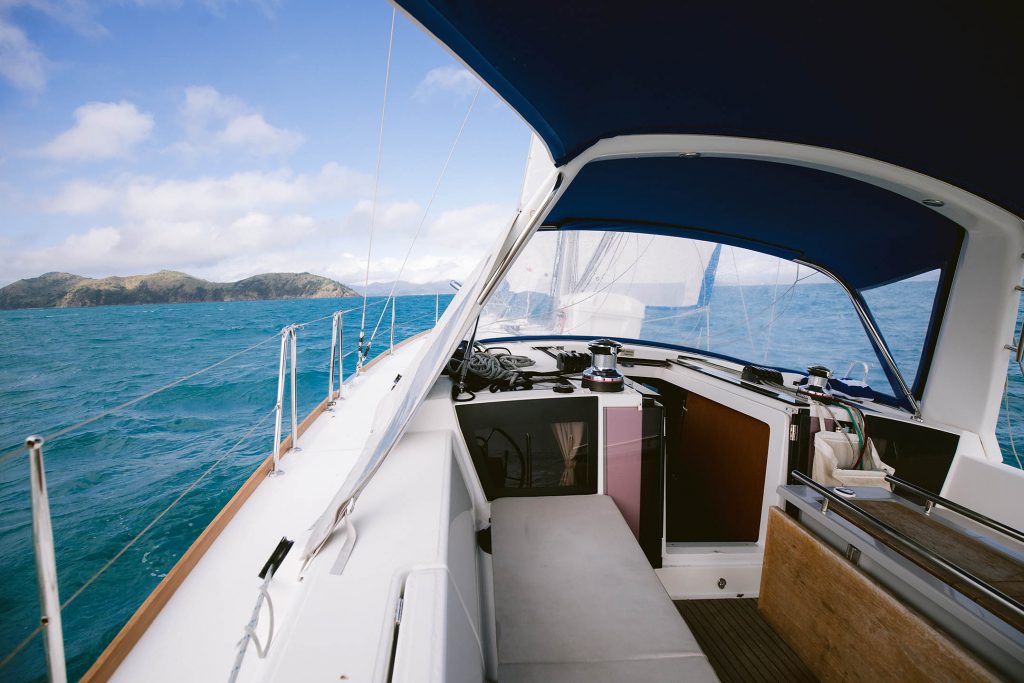
Take note of zoning within the Great Barrier Marine Park
The Whitsundays are mostly National Parks, and the waters surrounding the islands are marine parks.
If you plan on fishing, zoning regulations apply. Some areas around the Islands are protected from fishing, while others only allow certain types of fishing. Check out the Marine Park’s zoning map.
Please note that in the spawning period, two nine-day periods ban fishing coral fish. Bans occur in October, November and December each year around the ‘new moon” period.
Pick up moorings & watch for reef markers
Boat anchor chains can be incredibly damaging to reefs. Measures have been implemented around the Islands to protect vulnerable marine ecosystems.
Watch for the white pyramid-shaped reef protection markers, which create a line of sight that indicates not to take your boat any further.
The Great Barrier Reef Marine Park Authority maintains over 100 public moorings around the Islands. Public moorings are free to use and are, in most cases, located in areas of live coral. If one is available, always take the option to pick up a mooring over dropping the anchor.
You can identify a public mooring by the blue plastic float. Look for the plastic tag with more info on the mooring, including any time limits.
If you cannot use a mooring, refer to the copy of 100 Magic Miles onboard your vessel. Here, you will get directions to anchor. Always anchor outside the reef protection markers, preferably on a sandy or muddy patch away from the coral.
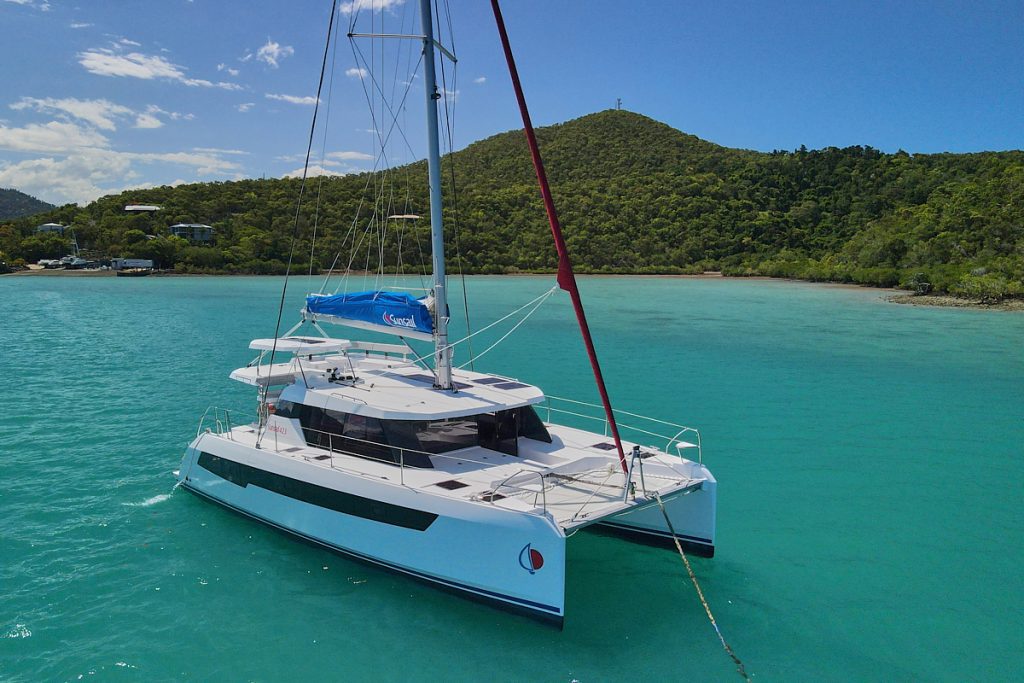
2022 Leopard 42 sailing catamaran, Orion, in Shute Harbour, Whitsundays
Don’t throw anything overboard
We ask that all of our guests keep their rubbish and food scraps onboard their boats.
Rubbish is incredibly damaging to marine creatures. Our beloved turtles are often rescued from being stuck in fishing lines or from mistaking a plastic bag for a jellyfish.
Food scraps can make marine creatures unwell and, in some areas, attract sharks.
If you sail for a long time, you can stop at the Hamilton Island Marina. For a fee, you can berth for a few hours or the night, giving you access to their bins and other handy re-stocking services (water, wifi, shops, showers).
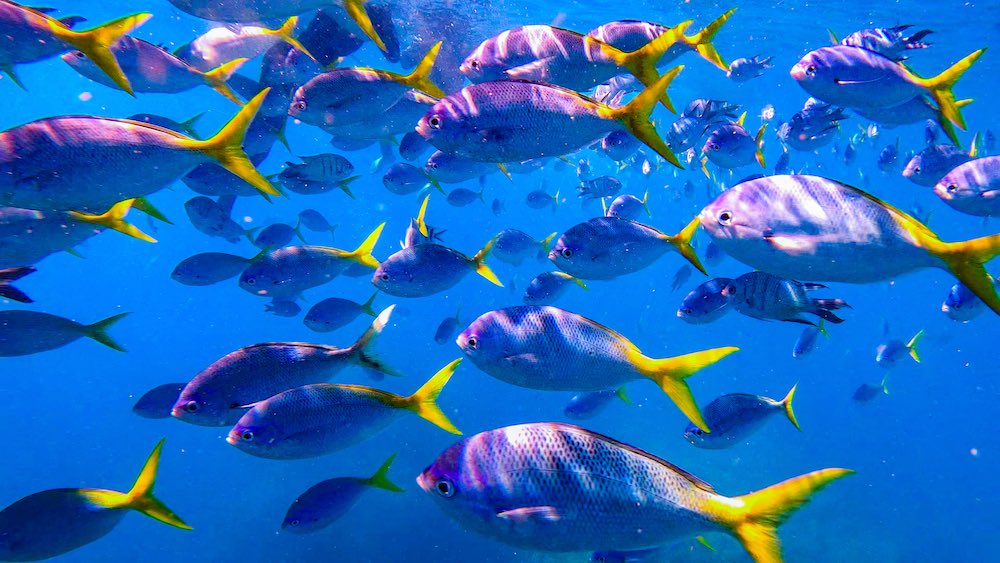
Avoid Feeding the fish
Bareboat visitors are not allowed to feed the fish. It can make them sick, aggressive and reliant on unnatural food sources.
Commercial tour operators must have a permit from the Great Barrier Reef Marine Park Authority and follow strict guidelines for feeding fish.
Become a Citizen Scientist
There are many extraordinary marine creatures and ecosystems around the Whitsundays which scientists study and collect data on. While sailing around the Whitsundays, you can take photos and provide information to local citizen science projects.
Eye on the Reef is asking visitors to get involved in citizen science project.
Our Eye on the Reef monitoring and assessment program enables anyone who visits the Great Barrier Reef to contribute to its long-term protection by collecting valuable information about reef health, marine animals and incidents that is used to understand the bigger picture and inform how we manage the Reef.
There are a number of ways to get involved, and everyone’s contribution is welcomed — whether you’re a regular day tripper, tourist on their first visit, fisher, Marine Park ranger, marine tourism staff or marine scientist.
One of the easiest ways anyone can get involved is by downloading our free Eye on the Reef app to record reef health, animal sightings or incidents. There are also other monitoring programs for people who visit the Reef more regularly, have more time or marine biology knowledge, or are willing to be part of the training.
If you’re interested in getting started, check out the information here to see how you can contribute citizen science information to Australia’s lead management agency for the Great Barrier Reef.
Other sustainable travel tips for exploring the Whitsundays
- Carry a water bottle where ever you go
- Use environmentally friendly toiletries
- Use fish-safe and biodegradable sunscreen while snorkelling to protect marine life especially coral reefs.
- When hiking, stay on the trails.
- Use independently locally tourism businesses rather than multi-national companies.
- Leave no trace. Pick up any rubbish you see
- Don’t remove shells or stones from beaches
- Avoid touching fish and turtles
- Look into supporting local conservation projects such as Eco-barge Clean Seas
Whitsunday Rent a Yacht is Eco-Certified
Whitsunday Rent A Yacht is recognised as a Green Travel Leader by Ecotourism Australia, having held ECO Certification for over ten years.
You can read more about the guidelines for acquiring eco-certification on the Eco-Tourism Australia website.
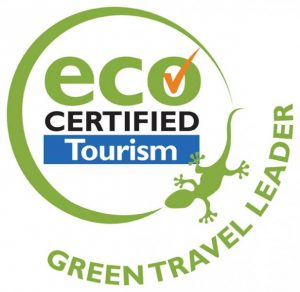
We hope this list has given you some actionable steps to take to bring a more sustainability to your bareboat holiday. Enjoy!
